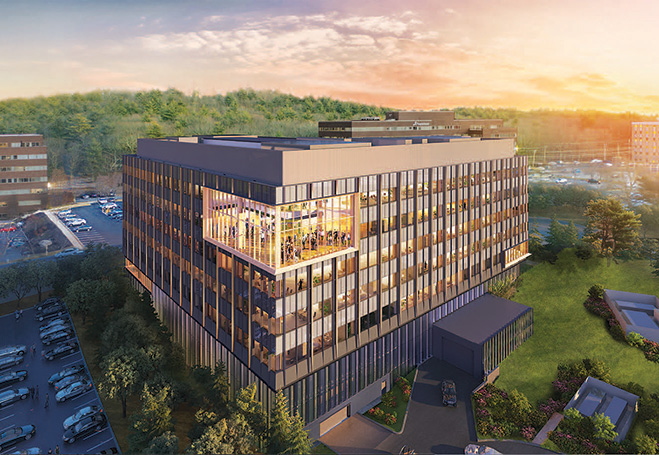
This is a great time to own a lab space.
Workers seem to be moving out of traditional offices, crowded labs and research buildings as life science jobs reach new heights. A new report from Cushman & Wakefield shows how U.S. life sciences employment has grown rapidly and doubled over the past 10 years.
According to the Life Sciences Market Survey , the employment rate for scientists and laboratory users during this period exceeded the overall employment rate with an annual growth rate of 6.6% . By comparison, the total annual employment growth rate is only 1.2%.
According to Cushman & Wakefield, this shows that the sector is well positioned to overcome the uncertainty caused by the economic downturn. Indeed, life sciences employment has not declined during the pandemic, with annual job growth of 11.4% in 2021 and 14.5% in June 2022.
Jobs in life sciences have also doubled to pandemic levels. As of August this year, there were a total of 413,120 job offers in the life sciences sector, up 28% over the same period last year.
"The increase in demand for workers in the life sciences sector reflects an increase in lab space as employers try to meet the needs of this growing industry," C&W's Sandy Romero said . “Projects currently under construction in the United States are expected to add an additional 26.6 million square feet of lab space to existing inventory. These brand new state-of-the-art facilities in key markets will be home to the next generation of talent and innovation in the life sciences.”
The San Francisco Bay Area and Boston have two of the largest job bases and the largest list of labs. Boston is home to the largest construction company with 13.9 million square feet of building space, representing 43% of Boston's current lab inventory. For projects expected to be completed in 2022, 60 percent of the space has been vacated.
About 19.9 million square feet of life sciences construction, or 74% of current construction volume, is expected to be completed in the US by the end of 2023. After Boston, the largest pipelines are in San Diego, at 3.7 million square feet; San Francisco 3.5 million square feet; Seattle with 1.5 million square feet; and Los Angeles at 1.4 million square feet.
Although laboratory development in New York City is still in its infancy, thanks to its large research institutions, including Weill Cornell Medicine , it has one of the nation's largest staffs of life science specialists. , NYU Langone and Memorial Sloan Kettering . According to Cushman and Wakefield. Taconic Partners will add more space with a 325,000-square-foot redevelopment of 345 Park Avenue South and a 399,000- square-foot redevelopment of 125 West End Avenue in Deerfield .
“After unprecedented investment, expansion and innovation in 2021, the life sciences industry is poised for continued growth and strong demand in the coming years,” said C&W's Jason D'Orlando . “Over the past seven years, the life sciences sector has grown significantly and the fundamentals remain strong. We expect the life sciences sector to continue to perform well in the coming years.”
In the first half of 2022, National Life Sciences' leasing business totaled 7.2 million square feet. The three most active markets in the first half were San Diego, Boston and the Bay Area. Asking rent in the US is up 67% this year compared to 2015, and inventory is up 29% in markets monitored by Cushman & Wakefield.
While its track record looks solid, the life sciences sector is not immune to broader economic factors such as inflation, high interest rates and tightening capital markets. While rental demand in some markets has continued to rise since the end of the year, including double-digit growth in Seattle with increases of 27.2% and 31.3% in San Diego, some markets have slowed, including Boston and the Bay Area, where rentals decreased. The decrease was 4.5 percent and 3.3 percent, respectively.
Gregory Cornfield can be contacted at [email protected] .
